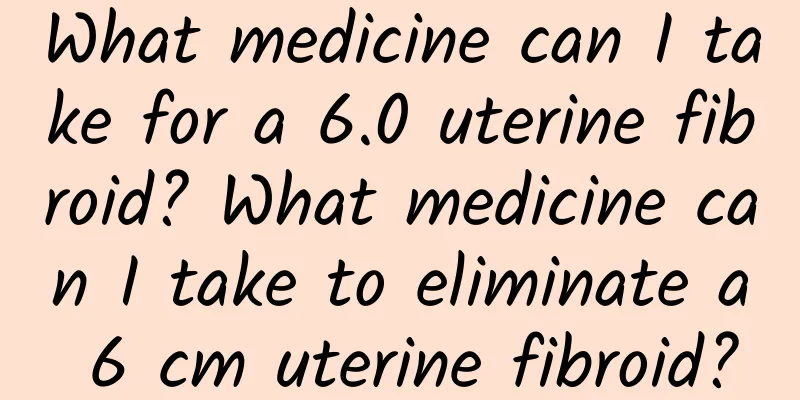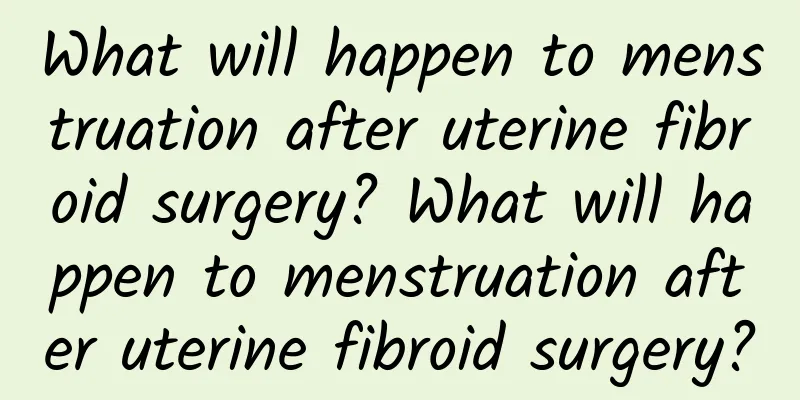Symptoms and features of submucosal uterine fibroids

|
Uterine fibroids are the most common benign tumors of the female reproductive system. They are composed of smooth muscle and connective tissue and are common in women aged 30 to 50. They are rare in women under 20 years old. According to the relationship between the fibroids and the uterine muscle wall, they can be divided into intramural fibroids, subserosal fibroids, and submucosal fibroids. Subserosal fibroids account for about 20% to 30% of the incidence of fibroids. The main manifestations are as follows: The fibroids grow toward the uterine serosa and protrude from the surface of the uterus, and their surface is covered only by the uterine serosa. If the tumor continues to grow toward the serosa surface and is connected to the uterus by only one pedicle, it is called a pedunculated subserosal fibroid, which is supplied with nutrients by the blood vessels of the pedicle. When the blood supply is insufficient, the fibroid may become necrotic. If the pedicle of the fibroid breaks and the tumor falls off, it forms a free fibroid. If the fibroid is located on both sides of the uterine body and grows toward the side of the uterus and protrudes between the two layers of the broad ligament, it is called a broad ligament fibroid. Fibroids growing here may cause the fallopian tube to stretch, twist, and squeeze the lumen, thereby affecting its patency. Or it may cause the ovary to displace, causing the distance between the ovary and the fallopian tube to widen, hindering the egg-collecting function of the fallopian tube fimbria, and then leading to female infertility. Generally speaking, patients with subserosal fibroids often have no obvious menstrual changes, and acute abdominal pain may occur when the pedicle is twisted. When the fibroid turns red, the abdominal pain is severe and accompanied by fever, lower abdominal distension, and back pain, which often worsens during menstruation. During physical examination, a hard, spherical mass can be felt that is connected to the uterus with a thin pedicle and is movable. |
<<: Laser treatment of cervical erosion
>>: How Western Medicine Understands the Causes of Uterine Fibroids
Recommend
Causes of acute pelvic inflammatory disease
What is acute pelvic inflammatory disease? Many w...
A review of the causes of hyperprolactinemia
Hyperprolactinemia must be treated early to avoid...
Is it possible to treat cervical erosion without surgery?
Is it possible to treat cervical erosion without ...
What to do with premature ovarian failure at the age of 46? Can it be adjusted back?
Premature ovarian failure at age 46 is usually pa...
Can abdominal ultrasound detect ectopic pregnancy?
Can abdominal ultrasound detect ectopic pregnancy...
What is the normal progesterone level at 2 weeks of pregnancy?
The normal value of progesterone in 2 weeks of pr...
Beware of obesity with these 4 easy and stress-free night market food recipes
Taiwan is a food kingdom, and its night market fo...
People with hunchbacks should not eat spicy food! Adjust your diet to change 3 abnormal body shapes
You can tell what's wrong with a person by lo...
Why do men with irregular menstruation prefer fat women?
With the improvement of living standards, people&...
What examinations are required for follow-up checkup of medical abortion, and what are the precautions after medical abortion?
If the abortion is not clean, women need to go to...
Frequent abdominal pain and diarrhea? The famous director teaches you to drink "this cup" to easily stop diarrhea and help defecation
Some people are born with weak stomachs and intes...
Pay attention to these after artificial abortion
Termination of pregnancy by artificial or medical...
What should female white-collar workers do if they suffer from uterine fibroids? How should female white-collar workers treat uterine fibroids?
Why do female white-collar workers suffer from ut...
How to prevent ovarian cysts?
Ovarian cysts are a disease that most women are p...
What are the symptoms of cervical erosion after microwave treatment? How to care for women after cervical erosion surgery?
In life, the impact of cervical erosion, a gyneco...









